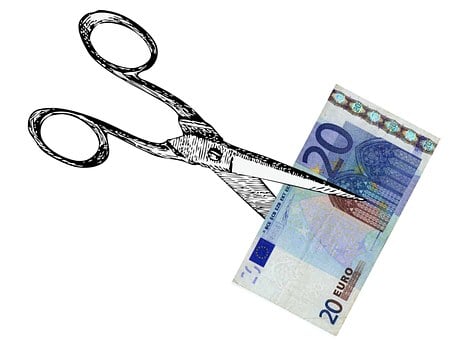Positioning your product within the market overall is one of the biggest decisions any manufacturer or retailer must consider. The price of your product speaks to your customers. Too low, and some may think that the product is cheap or hard to sell and be put off. Too high and you may find it too expensive to draw any customers. Everyone loves a sale. However, there is more to consider than just a short term price drop when you cut prices.
The price you set will affect not only the volume of sales and the profit you make but, more importantly, how your brand is perceived. Many manufacturers set recommended retail prices to ensure that retailers and consumers understand the selling point retailers are expected to observe. Some even give an upper and lower limit for product pricing to ensure they remain within a given range to protect their reputation and position within their sector.
Want to cut prices? Is it a flash sale or permanent price reduction?
A sale price can be a great way to bring short term interest and boost sales. It can work effectively alongside a longer pricing marketing strategy. However, a permanent ill-conceived price reduction can make you less competitive and end up hurting your brand. A shopper who looks for bargains will see your product or service against competitors pricing higher and buy. Yet to a high-end shopper, they look to feel part of an exclusive club. They could see that your product is too cheap and buy higher-priced items to feel they are buying better quality. We recognise that this is not always the case but some are put off by low prices. The price point you set will be perceived differently by different audiences, Therefore, identify your target market against who is actually listening to your campaigns. Then, target those you want to buy.
Combining product pricing as part of an overall picture that includes good customer service or adding exclusive features can help you price products higher. It can also help you win a higher percentage of customers. So instead of always assuming price cuts bring in more business, it’s crucial to justify the prices you are setting and attract the audience that values that. Check out these customer retention tips too.
Eliminating competition by lowering prices
Large companies can use economies of scale to cut prices to the extent that it makes it very difficult for new industry start-ups. New companies will need to come in with lower prices and have higher overheads, so they often fail. Loss leaders and events such as Black Friday sales are still very much used to raise brand awareness. This can lead to customers buying other profitable items. Once the competition is gone, the prices are raised again.
Cash flow
Seasonal sales will attract buyers who always buy end of season stock ready for next season. This can help businesses reduce storage costs and improve cash flow quickly. Inventory is money tied up. Therefore, a discount can help move stock to improve cash flow and channel into other business parts. In some cases, selling at a loss to shift difficult stock will still provide funds that can be used for better inventory that will make greater profits or to establish a branding and marketing budget.

1 Pingback